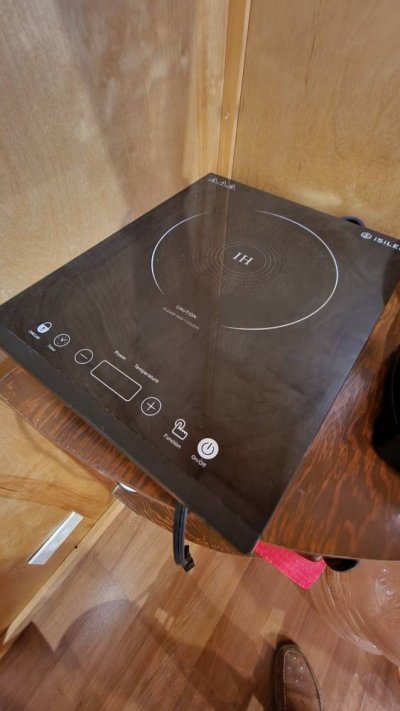Capt. Rodbone
Senior Member
- Joined
- Sep 6, 2020
- Messages
- 172
- Location
- U.S.
- Vessel Name
- SV Stella Polaris MV Sea Turtle
- Vessel Make
- 1978 VanDine Gaff rigged schooner, 1978 Grand Banks Classic Trawler
My wife and I are a few hundred miles into the Great Loop.
We don’t have an inverter but are already seeing how nice it would be to have those additional “ creature comforts”. Can any of you offer advice on things like?
Are they all reliable or are there brands to steer clear of?
Do you have a brand you are extremely happy with?
How much space do they require and for you other 42 Classic owners where did you install it?
I suspect they are sized by anticipated draw. Ours is a 42 Classic with the typical AC needs.Ice maker didn’t work when we recently bought her so I removed it but we may decide to add one at some point. Is there a size we need?
Thanks in advance for any thoughts and suggestions.
We don’t have an inverter but are already seeing how nice it would be to have those additional “ creature comforts”. Can any of you offer advice on things like?
Are they all reliable or are there brands to steer clear of?
Do you have a brand you are extremely happy with?
How much space do they require and for you other 42 Classic owners where did you install it?
I suspect they are sized by anticipated draw. Ours is a 42 Classic with the typical AC needs.Ice maker didn’t work when we recently bought her so I removed it but we may decide to add one at some point. Is there a size we need?
Thanks in advance for any thoughts and suggestions.


